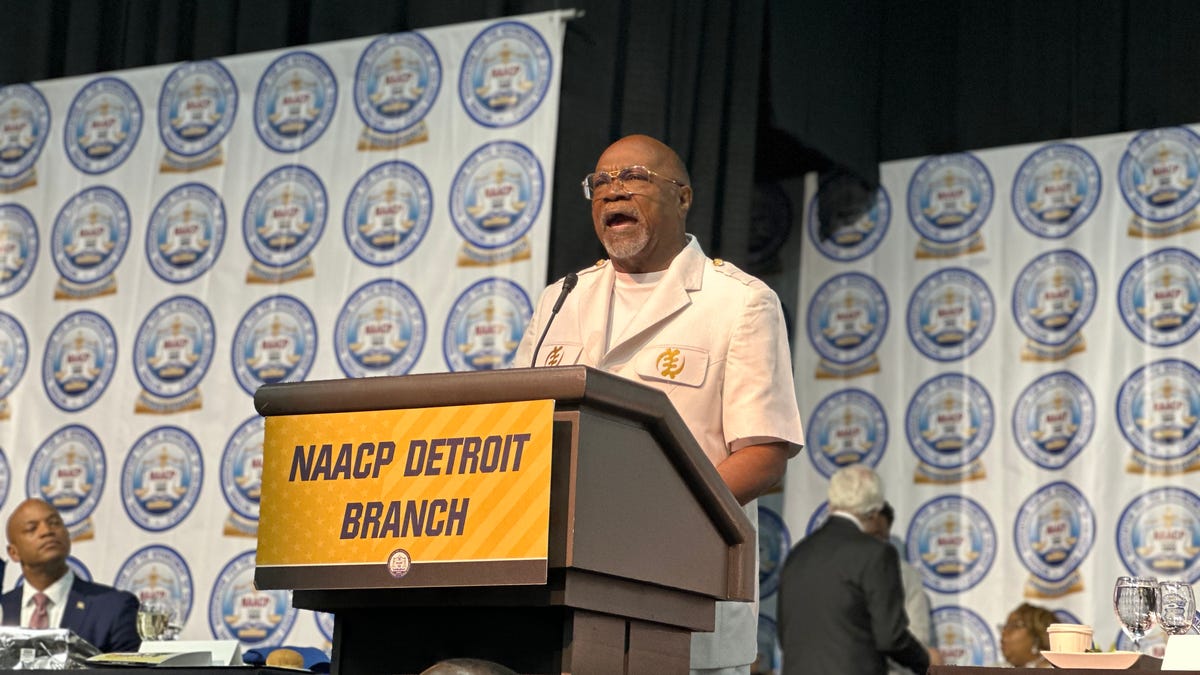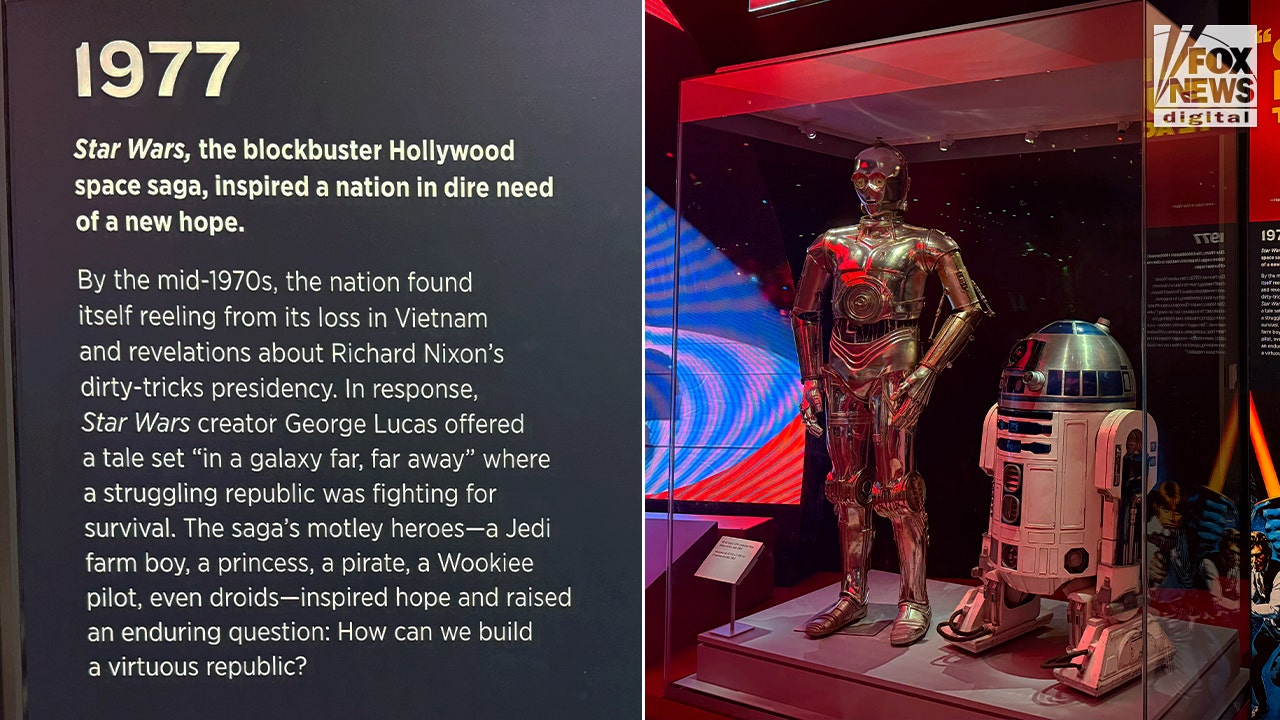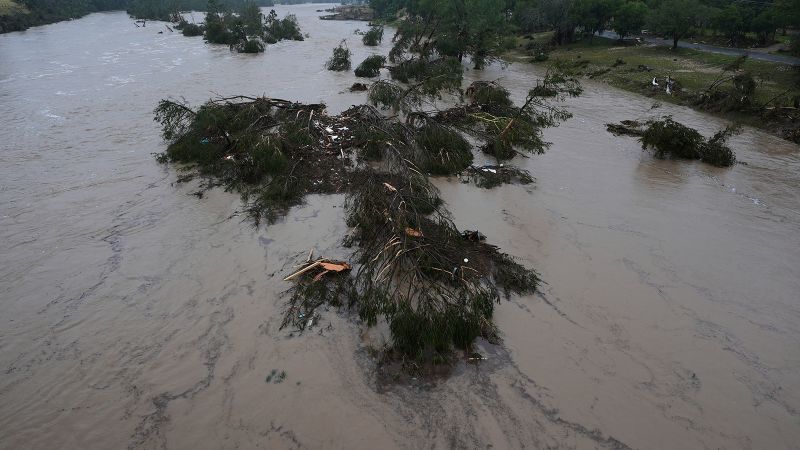Washington, D.C
Calls for a Cease-Fire—But Then What?

The protest began with a prayer. Several thousand Muslims knelt in rows before the Capitol building yesterday afternoon, their knees resting on the woven rugs they’d brought from home. Women here and men over there, with onlookers to the side. Seen from the Speaker’s Balcony, this ranked congregation would have looked like colorful stripes spanning the grassy width of the National Mall.
“We are witnessing, before our eyes, the slaughter of thousands of people on our streets,” Omar Suleiman, the imam who led the prayer, had said beforehand. “We are witnesses to the cruelty that has been inflicted upon our brothers and sisters in Palestine on a regular basis.”
The prayer group was part of a demonstration hosted by more than a dozen self-described progressive and religious organizations to call for an Israel-Hamas cease-fire. After Hamas massacred more than 1,400 people, most of them civilians, in its October 7 attack, Israeli bombardments of Gaza have reportedly killed more than 4,000 Palestinians, the great majority of whom were also civilians.
Although the protest’s organizers spanned a broad spectrum of faiths and group affiliations, it appeared that most of the rally attendees were Muslim, judging by the sea of multicolored head scarves and traditional dress. But progressives of other faiths were there, too, waving the red, white, and green flag of Palestine. Rally-goers called for President Joe Biden and the United States to stop supporting Israel’s blockade and air assault on Gaza. (The first convoy of trucks carrying aid entered Gaza through Egypt this morning, the United Nations reported.) As I moved through the crowd, we heard speeches from Gazan expats and representatives of progressive groups such as Jewish Voice for Peace, the Movement for Black Lives, the Working Families Party, and the Center for Popular Democracy.
“Enough is enough,” Alpijani Hussein, a Sudanese American government employee who wore a long white tunic, told me. He and a friend carried a banner reading BIDEN GENOCIDE. Every time Hussein, a father of four, sees coverage of children killed in Gaza, he told me, he imagines his own kids wrapped in body bags. “I’m a father,” he said. “I can feel the pain.”
For nearly two weeks, the world has watched, transfixed, as a litany of horrors from the Middle East has unspooled before our eyes. First, the footage from October 7: the tiny towns on the edge of the desert, bullet-riddled and burning. Parents shot, their hands tied. Women driven off on motorcycles and in trucks. The woman whose pants were drenched in blood. And approximately 200 people—including toddlers, teenagers, grandparents—stolen away and still being held hostage.
Then, more death, this time in Gaza. The body of a boy, gray with ash. Rubble and rebar from collapsed concrete buildings or their ghostly shells. TikTok diaries from teenagers with phones powered by backup generators. “They’re bombing us now,” the teens explain, somehow sounding calm. Almost half of Gaza’s population are under 18; all they have known is Hamas rule—the Islamist group took over in 2007—and a series of similar conflicts. A barrage of rockets fired by Hamas and other militants; a wave of air strikes from Israel.
But this time is different: Israel has never been wounded this way—October 7 represented the worst attack on Jews since the Holocaust—and over the protest hung a frantic sense that the vengeance had only just begun. Hackles were up and, at one point, a police car drove by, sirens blaring. Two women near me clutched each other nervously, but the officer drove on without stopping.
Inside the Capitol, a plain consensus prevailed: Many members of Congress from both parties have opposed a cease-fire and expressed strong support for the U.S. providing military aid to Israel. But outside, things weren’t so simple; they never are. None of the people I met said they supported Hamas, and certainly not the recent atrocities. But many said that the violence cuts both ways. “Israel is a terrorist country in my eyes—what they’ve been doing to the Palestinians,” Ramana Rashid, from Northern Virginia, told me. Nearby, people held placards reading ISRAEL=COLONIZERS and ZIONISM=OPPRESSION. Many protesters told me they did not believe that Israel has a right to exist. At various points in the protest, the crowd broke into the chant “Palestine will be free! From the river to the sea!” (Whatever that slogan might mean for protesters—an anti-colonial statement or an assertion of homeland—for most Israelis it is clearly denying the Jewish state’s right to exist.)
“A cease-fire is the minimum to save lives,” a D.C. resident named Mikayla, who declined to give her last name, told me. “But what we really need is an end to the occupation.” Leaning against her bike, she shook her head no when I asked whether Egypt should open its doors to fleeing Palestinians. “If Egypt lets Gazans leave the Gaza Strip, then that is the definition of ethnic cleansing,” Mikayla said.
Other protesters I spoke with expressed concern only for ending the daily suffering of Gazans. The humanitarian crisis came first; the rest, the political stuff, would come later.
Sheeba Massood, who’d come with her friend Rashid from Northern Virginia, burst into tears when I asked why she’d wanted to attend. It was important to pray together, she told me. “It doesn’t matter if you’re Muslim, if you’re Palestinian, if you’re a Christian, if you’re Jewish,” Massood said, “we are all witnessing the killing of all of these children that are innocent.” Everything else, she said, was politics.
When I asked the demonstrators what might happen in the region, practically, after a cease-fire was enforced, most of them demurred. “I’m not a politician to know all the details and technicalities of it,” a Virginia man named Shoaib told me. “But I think just for one horrible thing, you don’t just go kill innocent kids.”
Every person I met was angry with Biden. The president has been unwavering in his support for Israel since October 7, and in an Oval Office address on Thursday, he reiterated his case for requesting funds from Congress for military aid to Israel. That same day, a senior State Department official resigned over the administration’s decision to keep sending weapons to Israel without humanitarian conditions.
In his remarks on Thursday, Biden spoke of the need for Americans to oppose anti-Semitism and Islamophobia equally. Friday’s demonstrators, so many of whom were Muslim Americans, were not impressed with that evenhandedness.
“Mr. President, you have failed the test,” Osama Abu Irshaid, the executive director of American Muslims for Palestine, said from the podium outside of the Capitol. Ice-cream trucks parked nearby for tourists played jingles softly as he spoke. “You broke your promise to restore America’s moral authority.” Frankie Seabron, from the Black-led community group Harriet’s Wildest Dreams, led the crowd in chants of “Shame” directed at Biden. “This is a battle against oppression,” she said. “We as Black Americans can understand!” The crowd, which was beginning to thin, cheered its agreement.
As is generally the case, the program went on far too long. After two hours of speeches, the enthusiasm of an already thinned-out crowd was waning. The temperature dropped and raindrops fell, gently at first, then steadily. Finally, after organizers distributed blood-red carnations to every rally-goer, the group began the trek to the president’s house.
The demonstrators marched slowly at first up Pennsylvania Avenue, struggling with their banners in the driving rain. But as the remaining protesters got closer to the White House, the rain paused, and the sun peeked through the dark clouds. The protesters laid their flowers in the square before the White House gates—an offering and a demand for a different future for Gaza.

Washington, D.C
DC man still waiting to move home year after fireworks set building ablaze
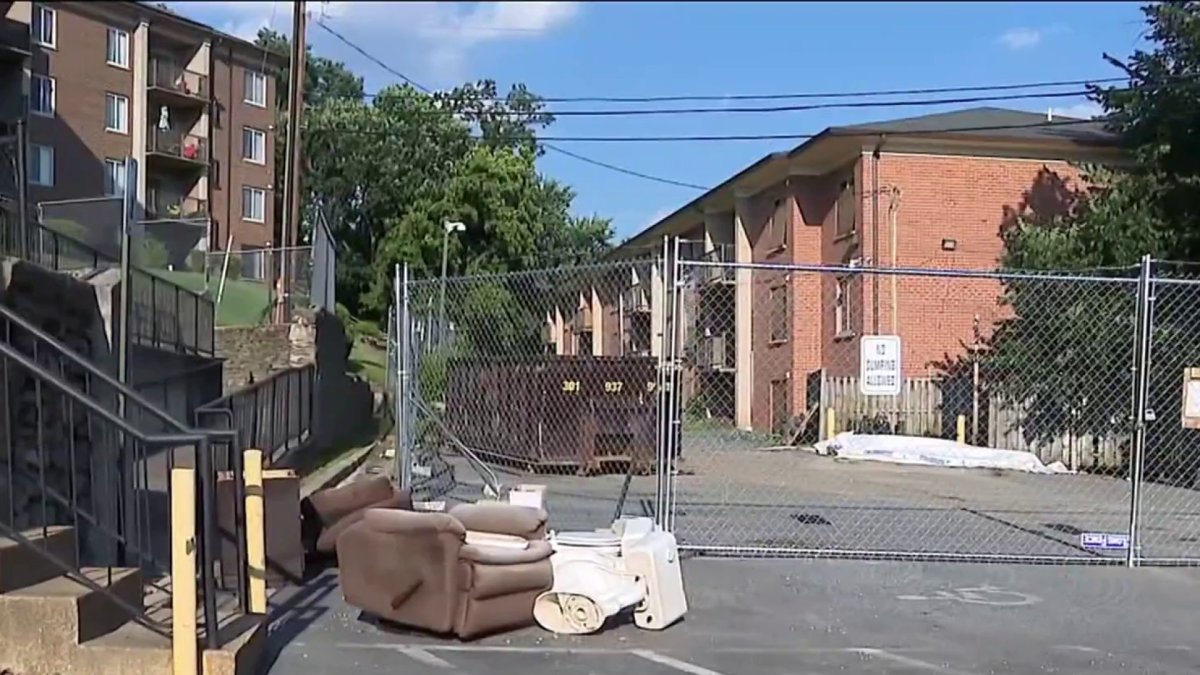
A man who was among dozens displaced from a D.C. building set ablaze by fireworks last year has one birthday wish: to move back home.
A little more than a year ago, kids playing with fireworks set a balcony at Oxford Manor on fire, officials said. The fire spread, and more than 70 residents were forced out of their apartments.
“All I had on was a pair of jeans,” resident James Webb said. “No shoes.”
The building remains fenced off.
Webb was relocated to another apartment in Southeast — “It’s just so small,” he said — and waits to find out when he can move back.
“I leave messages; I do not get a return call,” he said.
Many memories of his late wife — records, DVDs, home videos of his children — were destroyed.
“When I think about that I, you know, it really gets emotional sometimes,” Webb said. “But, you know, I’m getting used to it, now.”
A retired federal government worker, Webb lived there for almost 30 years. It’s unclear when the building will be ready for people to move back in.
“I want to go back and really just start my life over again,” said Webb, who turns 74 this month.
The kids who officials say caused the fire have not been identified.
News4 was unable to reach property management for comment.
Washington, D.C
Juneteenth Awards Reception to Honor DC Black Business Leaders

GWBCC honors leaders in Black entrepreneurship and community building
The Greater Washington DC Black Chamber of Commerce (GWBCC) will host its Juneteenth Awards Reception on June 30 to honor entrepreneurs for their efforts to sustain, build, and inform communities. The event will recognize Kristina Noell, Amanda Stephenson, Yusef Henriques, and others for their contributions to the economic and cultural fabric of the greater Washington region. The event is part of the chamber’s Art of Black Business series, which aims to support and recognize Black entrepreneurs.
The Greater Washington DC Black Chamber of Commerce (GWBCC) will host its Juneteenth Awards Reception on June 30. The nonprofit’s mission is to support economic development in the Black community through education, enterprise and entrepreneurship.
“This celebration is more than an awards ceremony — it is a powerful reflection of the role Black businesses play in shaping the economic and cultural fabric of the greater Washington region,” said Aisha Bond, president and CEO of the GWBCC.
Honorees include Kristina Noell, the first African American woman to serve as a Business Improvement District executive director in Washington, D.C.; Amanda Stephenson, founder of the Fresh Food Factory, which combats food deserts in Ward 8; and Yusef Henriques, who launched a genomics startup in D.C. to advance health equity for Indigenous and African diasporic communities. Also recognized are chefs Mac McAlister and Pinkey Reddick, owners of Flavorture; B. Doyle Mitchell Jr., president and CEO of Industrial Bank; and Denise Barnes, owner and publisher of The Washington Informer.
The awards reception is a featured event in the chamber’s Art of Black Business series, which honors entrepreneurs for their efforts to sustain, build and inform communities.
The Capital Workforce Innovation Consortium, a program of the Department of Employment Services, and BuildWithin will also be recognized as the Business Partnerships of the Year. Held in the spirit of Juneteenth, the event is not only a moment of recognition but also a call to continue investing in Black entrepreneurship.
“Juneteenth reminds us of the legacy of our past, while the achievements of these honorees inspire our future,” Bond said.
Washington, D.C
OKC Thunder trades Dillon Jones, 2029 second-round pick to Washington Wizards

The OKC Thunder announced Saturday night that it traded Dillon Jones and a 2029 second-round pick (via Houston) to the Washington Wizards in exchange for Colby Jones, who was immediately waived.
OKC traded five second-round picks to the New York Knicks for the draft rights to Dillon Jones (No. 26) in 2024. The 23-year-old forward just completed his rookie season with averages of 2.5 points, 2.2 rebounds and 1.1 assists in 54 games.
Roster spots are becoming harder to earn on the NBA champion Thunder, which is set to bring back all of its rotational players. It also selected Thomas Sorber (No. 15 overall) and Brooks Barnhizer (No. 44 overall) in the 2025 NBA Draft.
Dillon Jones is entering Year 2 of a four-year, $13.5 million contract. Colby Jones is set to make $2.2 million this upcoming season with a team option for the 2026-27 campaign, which essentially means he’s on an expiring contract. OKC took the shorter deal of the two at the cost of a future second-round pick.
OKC moved $9.5 million under the luxury tax with the trade, according to Spotrac contributor Keith Smith. It also freed up a roster spot, which it’ll use on Sorber. Barnhizer will be on one of OKC’s three two-way contracts, according to ESPN’s Jonathan Givony.
Pre-order our new book on Thunder’s run to NBA title
Justin Martinez covers sports for The Oklahoman. Have a story idea for Justin? He can be reached at jmartinez@oklahoman.com or on X/Twitter at @Justintohoops. Sign up for the Thunder Sports Minute newsletter to access more NBA coverage. Support Justin’s work and that of other Oklahoman journalists by purchasing a digital subscription today at subscribe.oklahoman.com.
-

 Health1 week ago
Health1 week agoHeart attack deaths have plummeted in US, but new cardiovascular threats emerge
-

 Technology1 week ago
Technology1 week agoElon Musk scam tricks victims on Facebook with Tesla hoax
-
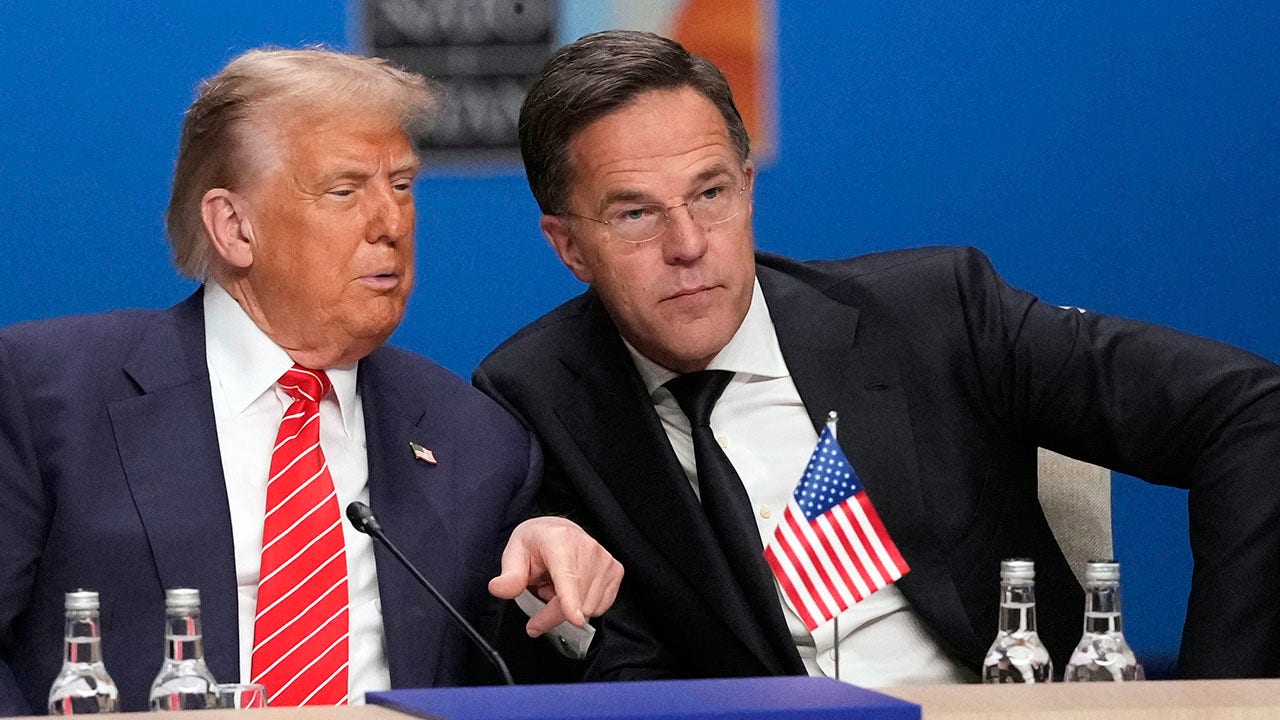
 Politics1 week ago
Politics1 week agoWhite House drops 'Daddy's Home' meme after viral NATO summit moment
-
World1 week ago
Protecting children online: The time to act is now
-

 Technology1 week ago
Technology1 week ago16 billion passwords leaked in massive data breach
-

 World1 week ago
World1 week agoSearching for healing: Inside one of the last hospitals in Haiti’s capital
-

 Business1 week ago
Business1 week ago'South Park' dispute escalates as creators accuse Paramount's buyers of meddling
-

 News1 week ago
News1 week agoMeta wins artificial intelligence copyright case in blow to authors


